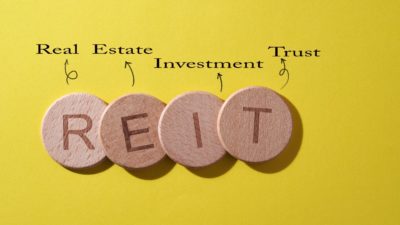Enbridge Inc. (TSX:ENB)(NYSE:ENB) has been perhaps one of the most adept Canadian corporations when it comes to creating value for shareholders in nearly all time frames. The results are self-evident—the stock has returned 870% since 2000, and since 2008 the company has nearly doubled its earnings per share and tripled its stock price, significantly outperforming both the TSX and its own peer group, which saw 50% growth over the same time period.
Past returns do not dictate future performance, however, and for Enbridge to continue to provide a similar growth trajectory and prevent evolving into a slow-growth mature company, it will need significant growth prospects. Fortunately, Enbridge currently has multiple levers to generate growth for shareholders, and is in fact about to enter a period of historically unprecedented growth in multiple areas.
Not only is Enbridge planning to grow earnings at a compound annual growth rate (CAGR) of 10-12% through to 2018 (which is on the very high end of its historical range), it is also planning to increase its dividend CAGR to 14-16% (above the historical average of 9% since 1983), and increase its payout ratio to 85% from 73% at the end of 2014.
Here are the three main ways Enbridge will be adding value over the next several years.
1) Enbridge’s historic capital growth program will be the source of growth
At the core of Enbridge’s value creation formula is its current $44 billion capital growth program. This massive capital growth program is driven by both a rising long-term production profile for Canadian and North American producers, and by the increasing need for market access as Canadian producers look to access international markets to maximize realized prices.
The Canadian Association of Petroleum producers estimated in 2014 that Canadian production alone would grow to 6.4 million b/d by 2030, from 3.5 million b/d in 2013, and although the recent price decline will likely temper these predictions somewhat in the short term, the long-term fundamentals still remain strong as current prices are likely not sufficient to encourage enough production to balance long-term demand.
This bodes very well for Enbridge. Out of Enbridge’s $44 billion in capital projects, an impressive $34 billion are secured (compared with TransCanada, which only has about $12 billion of its $46 billion in projects completely secured), and many of these projects are low-cost expansion projects that improve market access, such as the Line 9 expansion and reversal.
2) Enbridge is using its subsidiaries as sources of low-cost funding
Enbridge is also creating value in how it chooses to fund its capital program. Namely, Enbridge is “dropping down” assets to its subsidiary companies, Enbridge Income Fund and Enbridge Energy Partners.
Drop downs involve selling assets to subsidiaries, often in exchange for equity in the subsidiary, as well as cash. By doing this, Enbridge not only receives cash to fund its capital program, thereby preventing the need to issue equity (since the subsidiary would raise equity instead), but also still retains ownership in the sold assets. This will allow Enbridge to receive income from the asset, which exceeds income lost from divesting the asset.
For example, Enbridge recently announced the $17 billion drop down of its Canadian Mainline and Regional Oil Sands pipelines to its Enbridge Income Fund subsidiary. From this sale, Enbridge will likely receive $16 billion in preferred shares from Enbridge Income Fund, as well as some cash.
These shares, combined with special performance distributions that Enbridge will receive for being the parent company, will fully offset the lost income from divesting the asset, and will be 10% accretive to Enbridge’s earnings per share.
In addition to this, Enbridge Income Fund will be issuing $600-800 million in equity annually to fund the growth program, which reduces the amount of equity Enbridge needs to issue, lowering overall costs.
3) Enbridge is adding value through dividend growth
Finally, Enbridge is ensuring that shareholders benefit from earnings growth through an increased share price and also through growing dividends. Enbridge will be growing its dividend by a CAGR of 14-16% through to 2018, and as a result, the $1.40/share 2014 dividend is expected to grow to $2.83/share by 2018.







